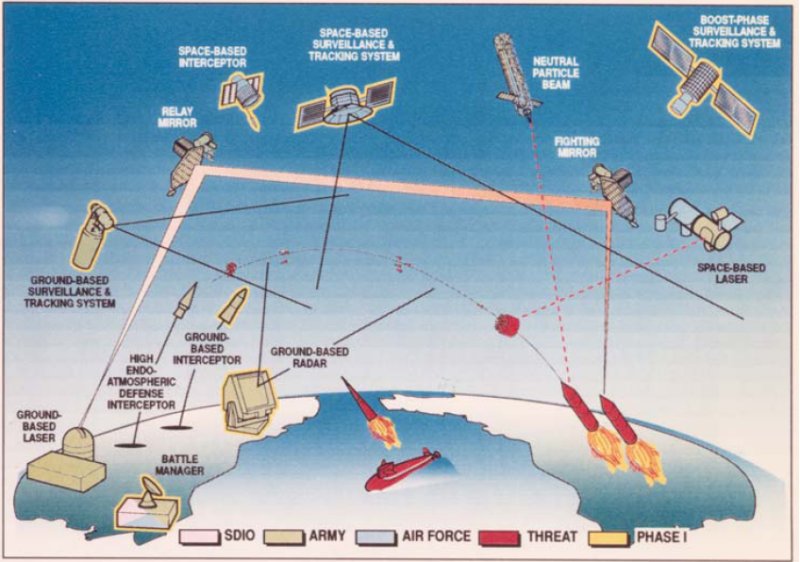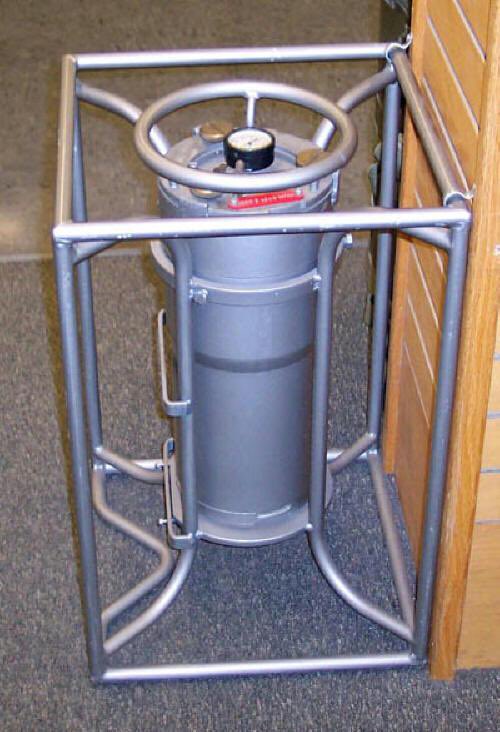
At 10am EDT today in 1962, the Strategic Air Command increased its alert posture to Defense Condition 2 for the first time in history. B-52 airborne alert missions also increased. All other US armed forces remained at DEFCON 3 (SAC only returned to DEFCON 4 on November 21).
SAC’s 24-hour airborne alert tempo increased rapidly, initially totaling 66 B-52s—28 on the northern route over Canada/Alaska, 36 on the southern route over the Mediterranean/Atlantic, and 2 monitoring the BMEWS radar at Thule, Greenland—supported by dozens of KC-135 tankers. 

Each B-52 bomber generally carried either four B28 (maximum yield 1.45 Megatons each), two B15 thermonuclear bombs (yield 3.4 Megatons each), or two B39 thermonuclear bombs (yield 3.8 Megatons each). 





For more details on the status of the many nuclear weapons available to the United States and the Soviet Union at that time for local, regional (Europe), and global use, see "The Cuban Missile Crisis: A nuclear order of battle, October and November 1962." tandfonline.com/doi/pdf/10.117… 

Nuclear historian Robert S. Norris's October 24, 2012, presentation to the Woodrow Wilson Center, on which this report based, can be downloaded here: wilsoncenter.org/sites/default/…
• • •
Missing some Tweet in this thread? You can try to
force a refresh





























